Understanding the “Smart Home”
When people think of smart homes, many people like myself the first thing that comes to mind is The Jetsons. In fact in all reality, we’re really not that far away in a technological aspect. They had lights that turned on when a door was opened, today we have that same technology. They had a robot come out and vacuum their home, today we have popular brands like Roomba and Shark that make intelligent vacuums with LiDAR (Light Detection and Ranging) mapping skills and scheduled routines. So seriously we’re not much different than the popular Hanna-Barbera cartoon family after all.
With smart home technologies everything is based off of IoT or the “Internet of Things”. Devices that talk to each other either through a cloud-based service or a hub-based service. These devices can range from light bulbs to door locks to sprinkler systems. The amount of devices that can connect to the current smart home is staggering, and only continues to grow. With this in mind it has also become A LOT more affordable than when it was when it was first introduced.

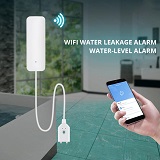
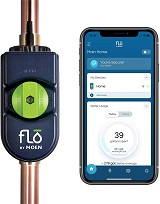
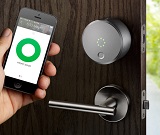
Cloud-Based Vs. Hub-Based
The main consideration that comes into play when designing a smart home from the ground up is whether you want to be cloud-based, hub-based or a mixture of the two (like myself). Both have their strengths and weaknesses and we will go over both of them to get a better understanding of the benefits and the downfalls that both of these services have to offer.
Let’s start with the most popular which is cloud-based. Cloud-based smart homes consist mainly of an AI integrated cloud platform. Examples of these are Amazon’s Alexa, Google Home, Apple’s Homekit and Samsung’s Smartthings just to name a few. All of these require an account and an active internet connection for them to ‘speak’ to your smart devices. Your smart devices in turn have to be compatible with the cloud platform that you are using. You can use multiple cloud platforms in one household (though it can get confusing when you’re speaking to your Google Assistant and not getting a response because you’re yelling “Hey Echo, turn off the kitchen light!”). One of the drawbacks of cloud-based platforms is just that……it needs to stay connected to “the cloud“. In other words if your internet is horrible or spotty and goes in and out on a regular basis then controlling your smart home becomes more of a hassle than an actual convenience. Another drawback is one for the conspiracy theorists, the thought of “Big Tech” getting all your personal data. However, they’re actually not that far off the mark.
Click to Find Out More About Each One
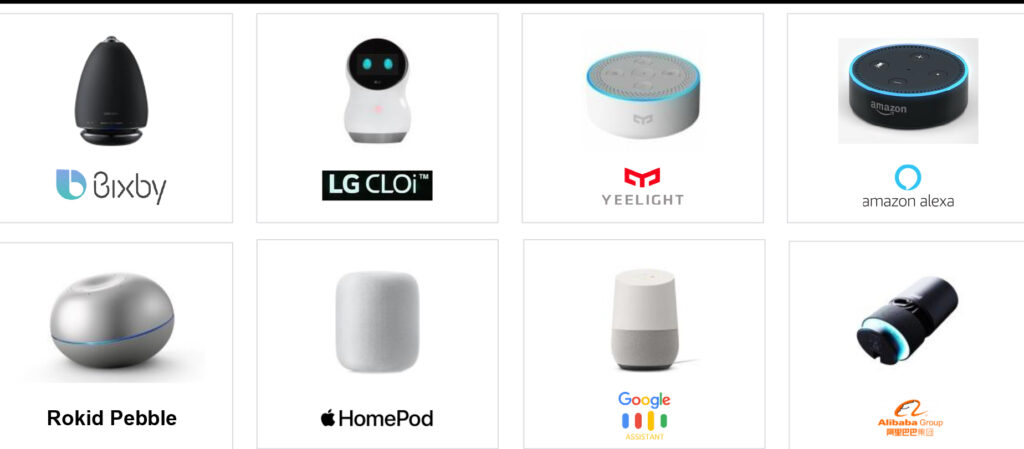

These companies do require an active account in order to start using their devices. Therefore that means your personal data is now “theirs”, and privacy concerns do become an issue. Also with most of these devices they use what they call an active microphone. This microphone listens for particular “trigger words” or “wake up words” before commencing in any smart activities. With this being a major privacy concern it is also what makes it the most convenient. Allowing you to communicate with your home with any device in any location. Say for example a TV was left on the entertainment den and you’re laying in your bed when your realize you forgot to turn it off. A simple “Hey Google, turn off the livingroom TV.” and it’s done, giving you a nice notification that the process was completed successfully with a response of “Shutting off the livingroom TV.” Another useful feature is the ability to add to your shopping list, check the forecast or add to your To-Do list by just simply asking “Alexa, add butter to my shopping list.” or “Alexa, what’s the forecast for tomorrow?” and getting a timely response and having that convenience.
The good, the bad and the ugly…..
- Convenient and Cost Friendly
- Works Out of the Box
- Works With a Variety of Devices
- Internet Is A Necessity
- Active Mic Always Listening
- Privacy Concerns
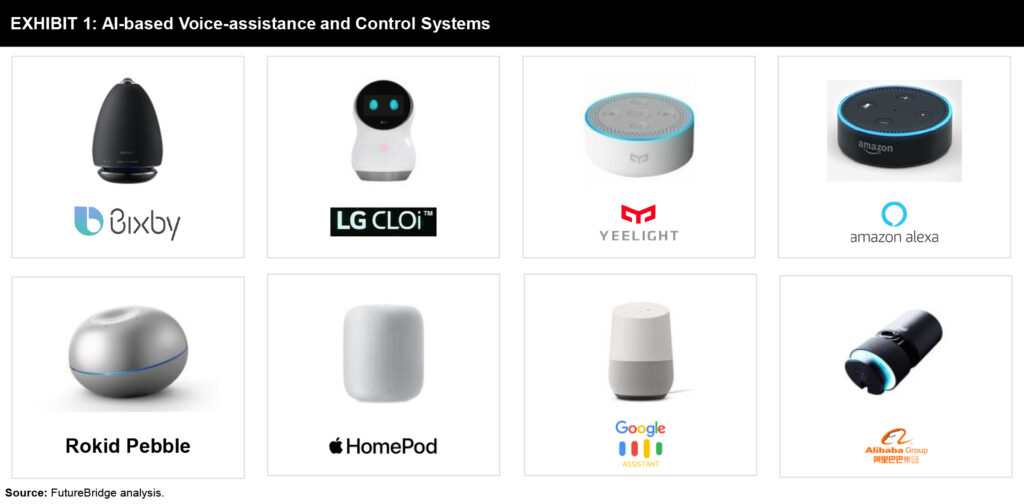
Browse and shop for cloud-based platforms here.

Next is my personal favorite, hub-based smart homes. I personally like this service due to the fact that it is considered a ‘tinkerer’s hobby’. Hub-based platforms do not require an outside internet connection to function, all of the programming and algorithms are handled by……..you guessed it…..A Hub. This hub connects to your home’s WiFi router, however even if your internet goes down as long as your smart hub still has power, your smart home will still function. Motion sensors will still trigger the lights to turn on, door locks will still operate, and water sensors will still function as they should. There’s many advantages to having what they call an ‘inline system’ for your smart home. Your privacy is secure as you’re not having to create accounts, you’re able to create schedules for your devices to power on and power off. Several manufacturers produce smart hubs, manufacturers such as Hubitat, Homeseer, Aeotec (previously Smartthings), Home Assistant and let’s not forget the Raspberry Pi just to name a few.

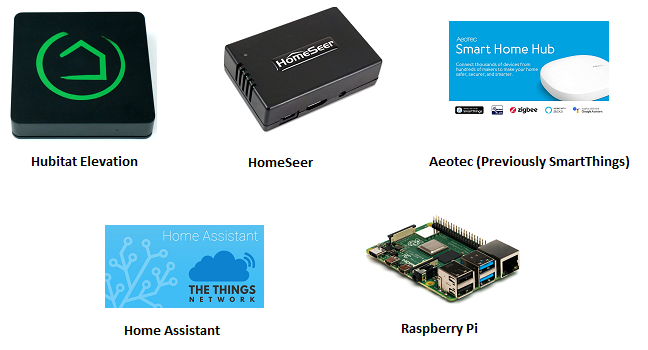

Many of these devices use proprietary signals, such as Zigbee and Z-Wave built in which is used to communicate to the devices that are assigned to the hub. However some of hubs such as Home Assistant (which is not actually a hub but instead an operating system) or the Raspberry Pi need special USB Dongles that are used to transmit the Z-Wave or Zigbee signal. The main drawbacks of these hubs, they are not for the faint of heart. Again they’re what I consider a ‘tinkerer’s hobby’, most of these devices require pairing the device then logging into the system and creating If/Then statements. If this motion detector goes off at this time then this light will turn on. With some playing around with the system, the basic user can understand the language within a couple of months and have a very proficient smart home. They offer excellent customer support on forum pages as well. Another draw back is that the Zigbee and Z-Wave devices that they can utilize can become quite costly, not to mention many of the sensors are completely wireless so they have to use batteries. Many times the batteries last for months, even years all depending on the usage that that particular device gets.

The good, the bad and the ugly……
- No Internet Necessary
- Works With Existing Cloud-Based Services
- Privacy Comes First
- Can be Costly
- Needs Some Skill with If/Then Statements for Automations
- Needs Some Setup Prior to Automations
Browse and shop for hub-based platforms here.

Both hub-based and cloud-based systems have their advantages and disadvantages, if wanting to keep it affordable and working straight out of the box with minimal setup then a cloud-based smart home is for you. If wanting reliability without the fear of loss of functionality during internet outages and the infinite customization and rule optimizations that hub-based has to offer then go with the hub-based platform.
Well that’s my breakdown and explanation of smart home hubs and cloud-based systems. With this in mind with you designing your smart home for ‘keeping up with the Jetsons’, I hope this article was helpful in making your next purchase or decision.
Here at SR Studios Tech we specialize in not only the installation of your smart home and devices but also offer guidance, programming and best practices when it comes to your smart home; whether it’s hub based or whether it’s cloud based. Contact us today to see what fits with your needs.

